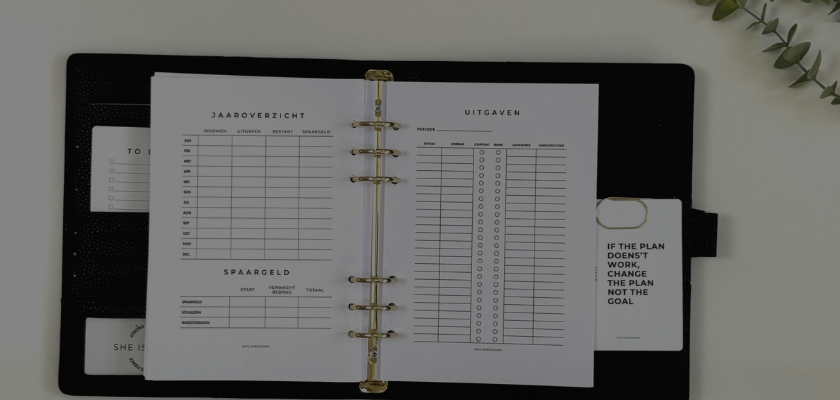
5 tips to quickly build an emergency fund
Share
Everyone knows that life can be unpredictable. A broken washing machine, a sudden medical bill, or even a temporary loss of income—unexpected expenses often come at the wrong time. An emergency fund can be your lifesaver in such situations. It's a pot of money you set aside specifically for emergencies, so you don't have to borrow money or use your credit card.
An emergency fund provides peace of mind and security, regardless of your financial situation. It's the foundation for a stable financial future. Here are five smart and practical tips for quickly building an emergency fund.
Tip 1: Start small, but start now
The biggest mistake people make when building an emergency fund is waiting for "the perfect moment." That moment often doesn't come. So start small—every euro counts. For example, set a modest goal for the first month, like €50 to €100.
Small amounts add up faster than you think. The most important thing is to develop the habit of putting money aside. To visualize your progress, you can use a transparent piggy bank . This way, you can literally see your savings growing, which is extra motivating. You can complement this with a small change challenge where you save all your leftover coins.
Tip 2: Make saving automatic
Automating is one of the most effective ways to save money. By setting up an automatic transfer to your savings account immediately after your paycheck, you take the decision out of your hands. This prevents you from being tempted to spend the money.
Set a fixed amount that fits your budget. This could be €25, €50, or more. Even with small amounts, you can build up a substantial emergency fund over time. Use a budget planner to keep track of your finances and ensure you don't get bogged down with other expenses.
Tip 3. Save on daily expenses
Finding extra money for your emergency fund can be easier than you think. Analyze your daily expenses and see where you can cut back. This could range from eating out less often to canceling subscriptions you rarely use.
The money you save can go straight into your emergency fund. Think, for example, of that expensive coffee on the way to work; by skipping it, you can easily save tens of euros a month.
Tip 4. Use savings challenges
Savings challenges make saving fun and challenging. A popular option is the 52-week savings challenge , where you save a small amount each week that grows. By the end of the year, you'll have saved a nice sum without it feeling like a big sacrifice.
Another option is the €1 savings challenge , where you put aside €1 every day. This may not seem like much, but after a year you'll have saved €365! Use cash envelopes to organize your savings by category and keep track of your progress.
Tip 5: Sell what you don't need
Everyone has things at home that they no longer use. Think of clothes, electronics, or household items. By selling these items on platforms like Vinted or Marktplaats.nl, you can quickly earn extra money. Use this money to immediately replenish your emergency fund.
Clearing out unused items isn't just good for your finances, it's also good for your peace of mind. And who knows, you might discover you're just as happy with less stuff.
Bonus tip: Use sinking funds for specific goals
In addition to an emergency fund, it's wise to set up sinking funds for predictable expenses. These are separate pots for things like vacations, car repairs, or holidays. This way, you keep your emergency fund intact for real emergencies.
Read our comprehensive blog on sinking funds to learn how to use them strategically.
Conclusion
Building an emergency fund doesn't have to be complicated or overwhelming. It's all about consistency and smart choices. Start small, automate your savings, and use helpful tools like budget planners and savings challenges.
Starting today is the key to success. Every little bit you save brings you closer to financial peace and security. Check out our budget planners and savings challenges to build your emergency fund and prepare for a carefree future.
